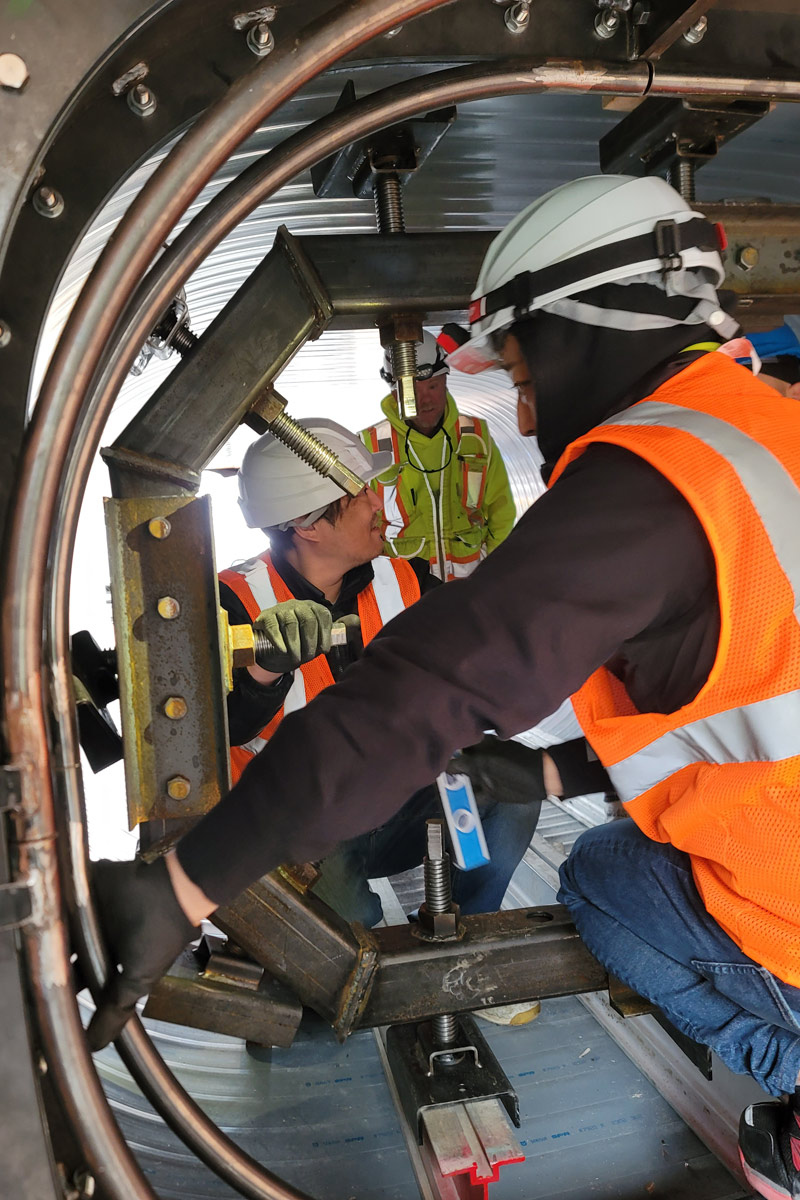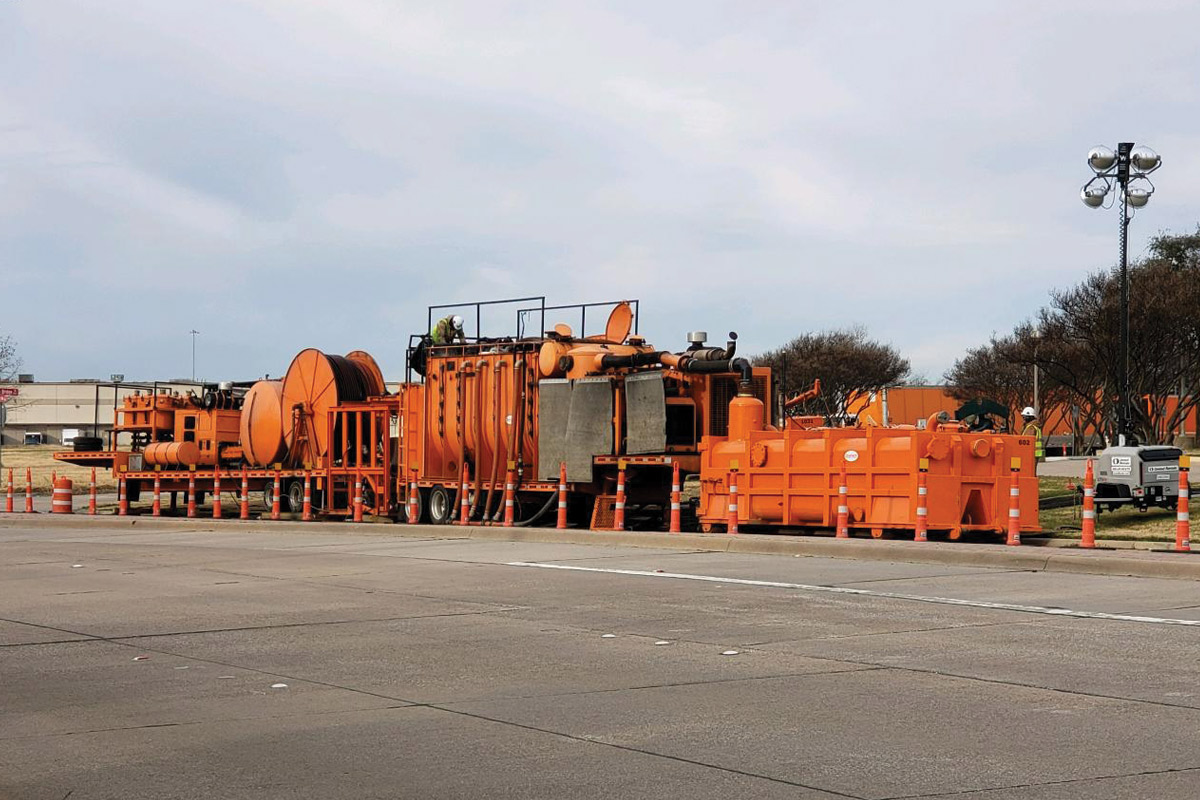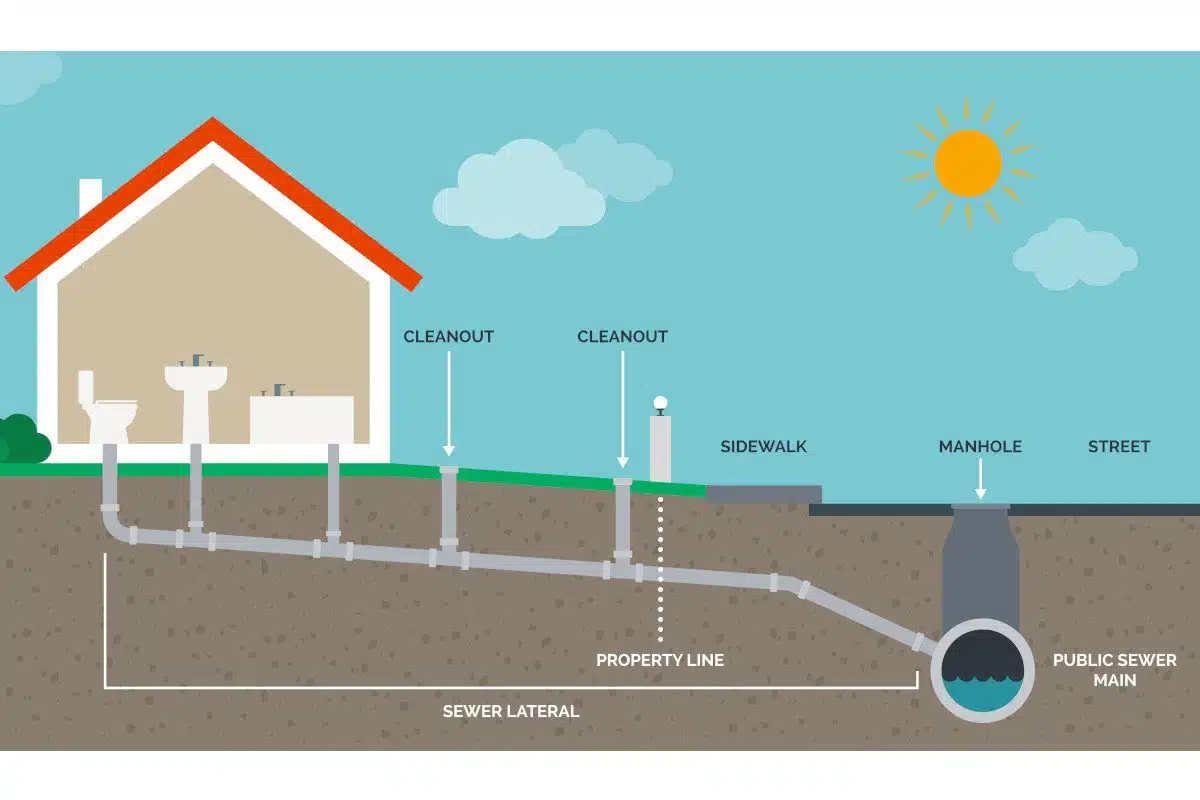
Spiral Wound Relining in Manhattan
In response to a myriad of challenges, the New York City Department of Design and Construction (NYC DDC) adopted spiral wound lining to rehab the South Street sewer.
Beneath the bustling streets of Lower Manhattan lies a vast network of aging infrastructure. This system silently performs the essential task of transporting wastewater away from the city. Among these conduits is the South Street interceptor sewer. It is a critical component of New York City’s wastewater management system.
Faced with deterioration and the challenges of urban rehabilitation, the city embarked on a pioneering project. The goal was to restore this vital artery using an innovative, trenchless technology.
Understanding the Challenge
The South Street interceptor sewer stretches approximately 1,000 ft beneath South Street between Fulton Street and Dover Street. It had shown significant signs of wear.
Constructed from concrete, the sewer’s walls were eroding. This made it susceptible to infiltration from the adjacent East River. Such vulnerabilities not only threatened the structural integrity of the sewer. They also increased the risk of overflows, posing environmental and public health concerns.
Traditional rehabilitation methods often involve extensive excavation. However, in this instance, they are impractical due to the dense urban environment. There was also potential disruption to traffic and the proximity to historical landmarks like the South Street Seaport. The city needed a solution that was both effective and minimally invasive.
Embracing Spiral Wound Lining Technology
The spiral wound method is making its debut in the city. This technique involves the mechanical insertion of a continuous PVC profile into the existing sewer line. Here it is wound into a new, structurally sound liner.
The process takes place entirely through existing maintenance holes, eliminating the need for surface excavation. One of the significant advantages of spiral wound lining is its mechanical nature.
Unlike other trenchless methods, this relies on resin materials that require curing time. They can also potentially emit odors. Spiral wound lining is entirely mechanical, allowing for flexible work schedules. It also eliminates the need to dispose of contaminated water post-installation.

Project Implementation
The rehabilitation process commenced with the installation of a submersible pump inside the interceptor sewer. This pump, capable of operating underwater, was part of a larger bypass system. It is critical to divert a portion of the wastewater flow, to ensure continuous sewer service during the rehabilitation.
Subsequently, contractors positioned the spiral wound lining machine into the sewer through existing maintenance holes. Workers fed PVC material into the machine. It then mechanically wound the liner within the existing pipe. To enhance structural integrity, grout is pumped into the annular space between the new PVC liner and the original concrete wall.
Overcoming Urban Constraints
Executing such a project in a dense urban area presented unique challenges. The proximity to the East River required meticulous planning. This was to prevent water infiltration during the rehabilitation. Moreover, conducting the work beneath a major thoroughfare necessitated measures to minimize disruption. This applied to both traffic and local businesses. The trenchless nature of spiral wound lining proved invaluable in this context. By using existing maintenance holes for access, the project avoided surface excavation. This reduced noise, traffic disruptions, and potential damage to surrounding infrastructure. Additionally, the mechanical installation process allows for work to take place during off-peak hours. Thus, further minimizing the impact on the community.
Outcomes and Future Implications
Upon completion, the South Street interceptor sewer was reinforced with a new PVC liner. This effectively restores its structural integrity and extends its service life. The successful application of spiral wound lining in this project not only addressed the immediate rehabilitation needs. It also demonstrated the viability of this method for future infrastructure projects in urban settings.
The project’s success underscores the importance of adopting innovative technologies. This is vital to address the challenges of maintaining and upgrading aging infrastructure in densely populated areas. As cities continue to grapple with the complexities of urban development and infrastructure maintenance, methods like spiral wound lining offer a promising avenue. They provide efficient and minimally disruptive rehabilitation.
Jacquie Jaques is western regional manager at Sekisui SPR Americas LLC.




